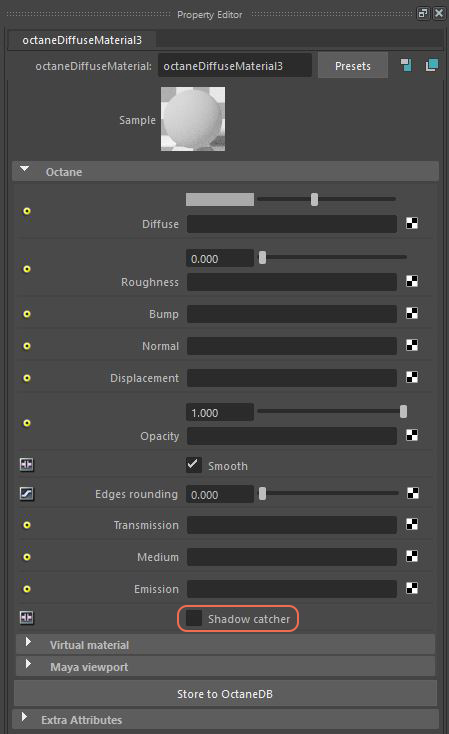
Figure 1: Activating the Matte option on a Diffuse materialUsed for dull, non-reflecting materials or mesh emitters. to enable Shadow Catching
A Shadow CatcherThe Shadow Catcher can be used to create shadows cast by objects onto the surrounding background imagery. The shadows cast are not limited to simply a ground plane but can be cast onto other surfaces of varying shapes. creates shadows cast by objects onto the surrounding geometry. The shadows cast are not limited to simply a ground plane, you can cast them onto other surfaces of varying shapes.
Shadow catching is enabled by activating the Shadow Catcher option on DiffuseAmount of diffusion, or the reflection of light photons at different angles from an uneven or granular surface. Used for dull, non-reflecting materials or mesh emitters. or the Universal materials and applying the material to the object receiving the shadow. There is also a dedicated Octane Shadow Catcher MaterialThe representation of the surface or volume properties of an object. which can be found in the Octane material list.

Figure 1: Activating the Matte option on a Diffuse materialUsed for dull, non-reflecting materials or mesh emitters. to enable Shadow Catching
In the Render Settings window, activate Alpha ChannelA greyscale image used to determine which areas of a texture map are opaque and which areas are transparent. and disable Keep Environment. When the image is rendered, the shadows appear over the transparent parts of the surface. You can use this image in a compositing package to merge the object and the shadows into the composition.

Figure 2 : Shadows appear in the transparent parts of the image where the shadow catcher objects were placed